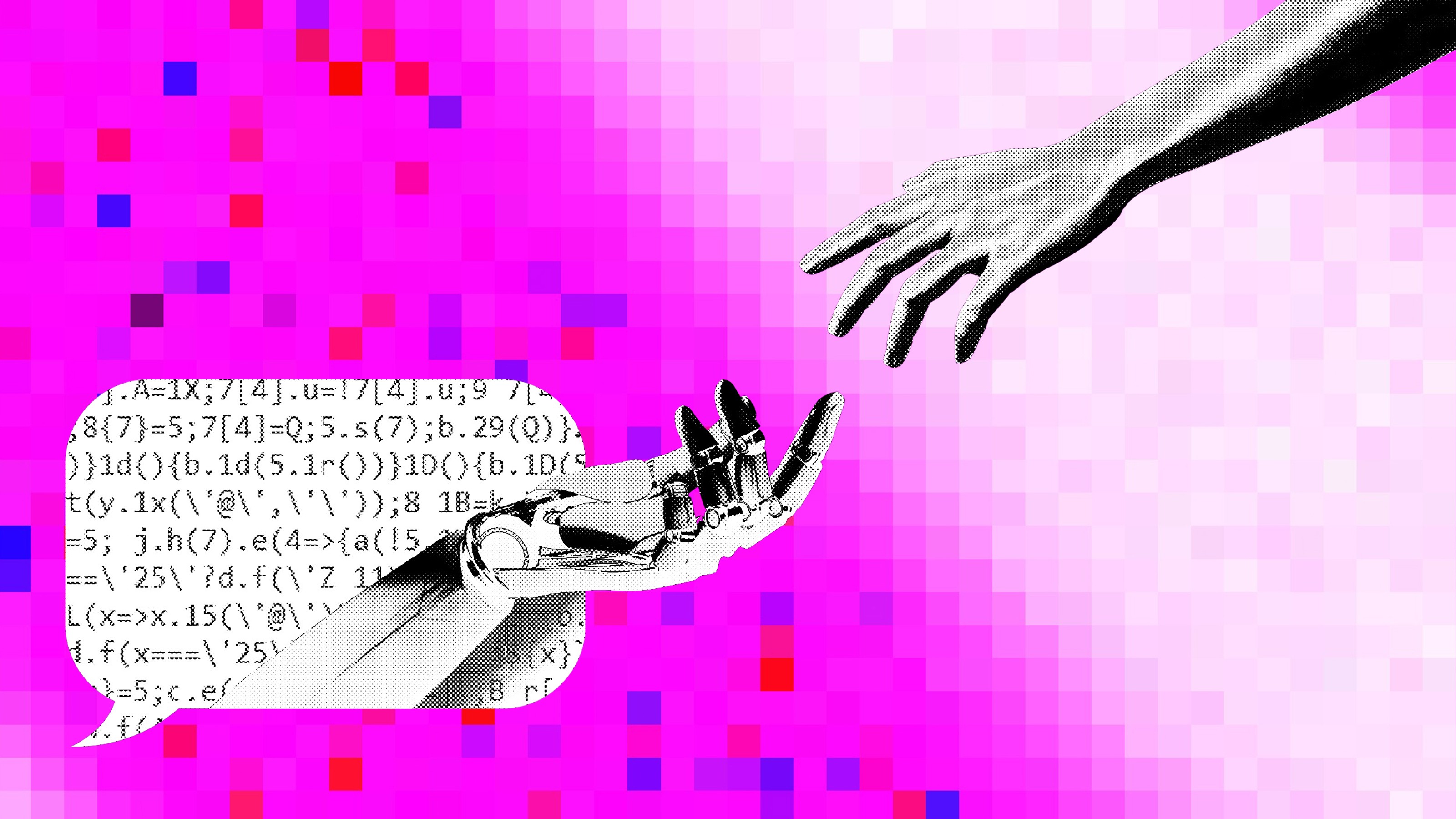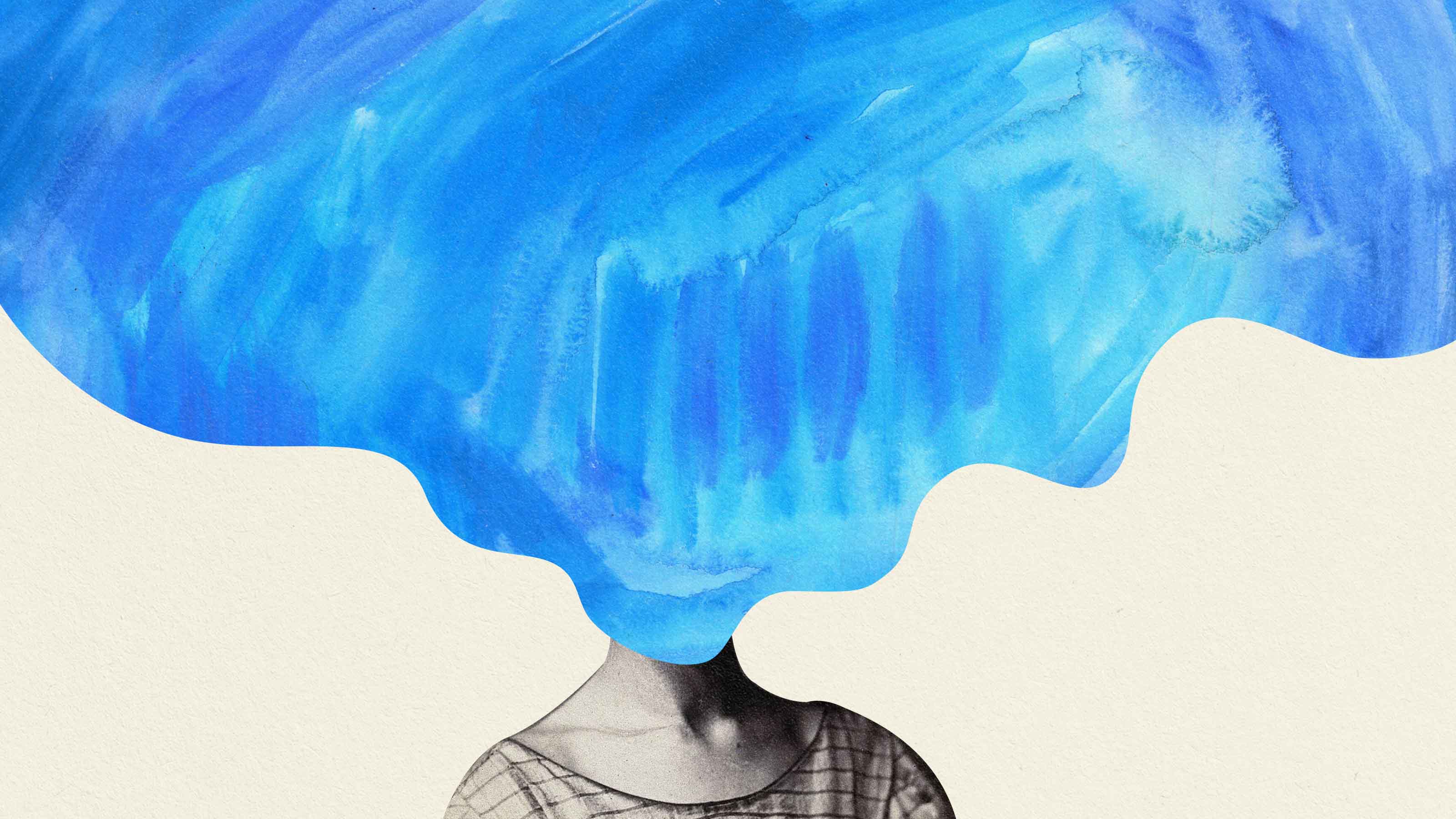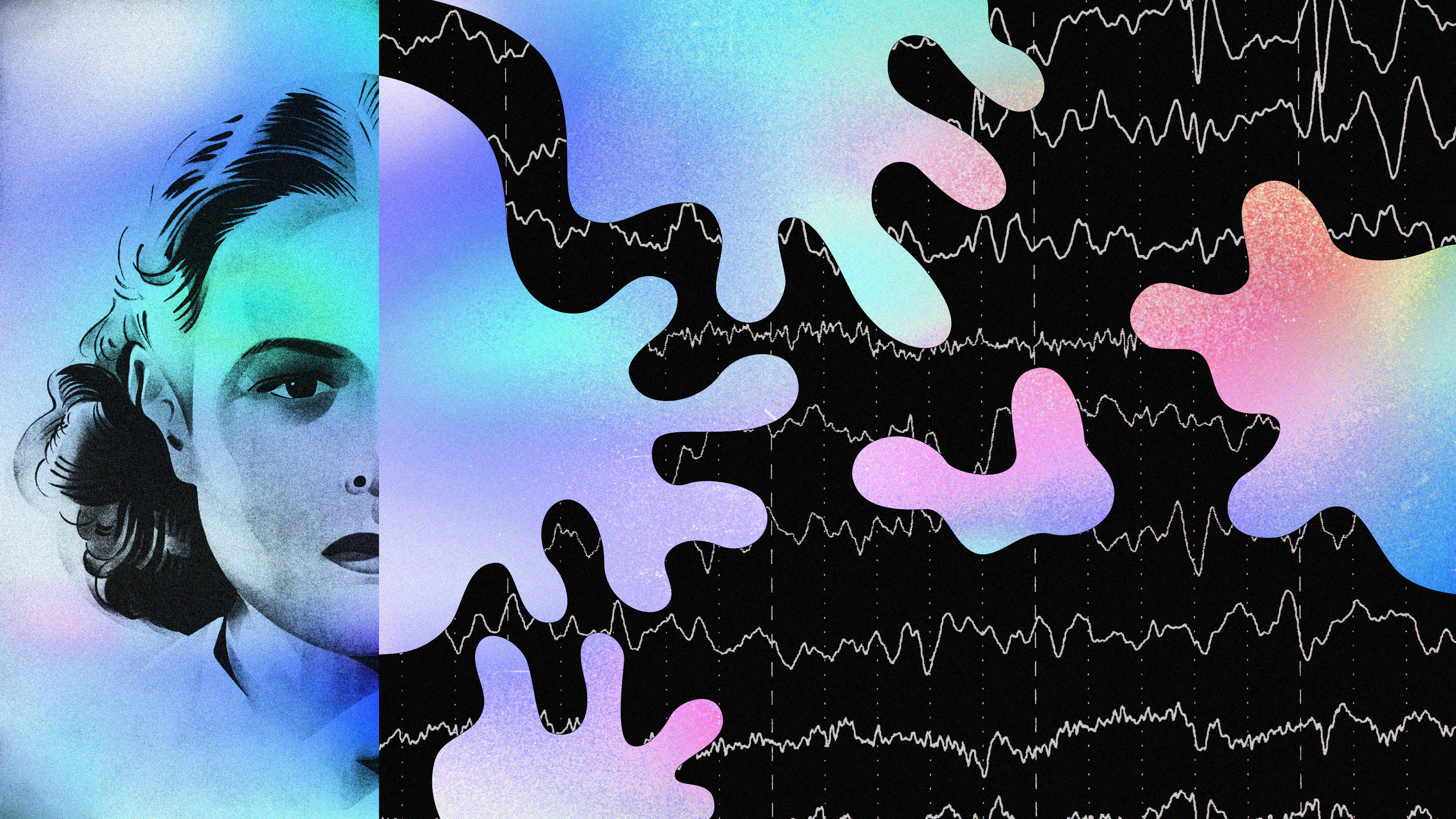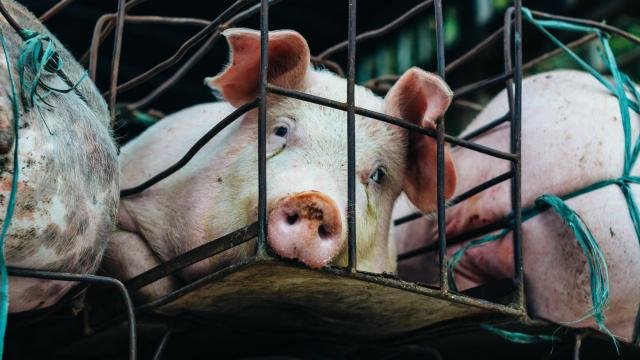Loneliness is wired into the human brain. Here’s what it looks like.

Credit: Adobe Stock
- A study of 40,000 participants shows specific signatures in the brain scans of lonely people.
- Loneliness is linked to variations in grey matter volume and connections in the brain default network.
- This area of the brain is connected to the use of imagination, memory, future planning, and daydreaming.
COVID-19 has exacerbated the worldwide spread of loneliness that had been alarming researchers prior to the pandemic. A new study pinpoints a distinct signature that can be observed in the brains of lonely people and makes the case that social isolation leads to changes in the areas of the brain using memory and imagination.
The scientists defined loneliness as “the subjective perception of social isolation, or the discrepancy between one’s desired and perceived levels of social connection.” They based their findings on a large trove of information from about 40,000 participants aged 40 to 69. This was culled from UK’s Biobank, an open-access to database for international health scientists. The researchers had access to magnetic resonance imaging (MRI) data, as well as genetics and psychological self-assessments.
The scientists compared the MRI data of the study participants who said they often felt lonely versus those who didn’t and discovered key differences. These revolved around the default network, an area of the brain responsible for memories, as well as social cognition and imagination. It is employed when we focus on the past or think about the future or daydream about a different present.
Lonely people’s default networks were wired together stronger and unexpectedly had more grey matter volume. Lonely people also seemed to show more preservation in the structure of the fornix—the nerve fiber bundle that transmits signals from the hippocampus to the default network.
What is responsible for the brain differences between people who feel lonely and those who don’t? The scientists think the answer lies in the function of the default network. Lonely people tend to use their imagination, memories, and hopes more, contend the researchers, in an effort to manage their isolation.
Scientists show what loneliness looks like in the brainwww.youtube.com
The study’s lead author, Nathan Spreng from The Neuro (Montreal Neurological Institute-Hospital) of McGill University in Canada, linked the use of the inner world by lonely people to their unexpected findings:
“In the absence of desired social experiences, lonely individuals may be biased towards internally-directed thoughts such as reminiscing or imagining social experiences,” stated Spreng in a press release. “We know these cognitive abilities are mediated by the default network brain regions. So this heightened focus on self-reflection, and possibly imagined social experiences, would naturally engage the memory-based functions of the default network.”
The scientists think their research can help paint a fuller picture of loneliness and how to treat it, as the amount of people experiencing such feelings grows, affecting their health. Studies on older people showed loneliness was linked to a stronger risk of dementia and cognitive issues.
“Human evolution has been shaped by selection pressures towards enhanced inter-individual cooperation, write the scientists in their study. “Social interactions are crucial for survival, and fulfillment. Our species’ extraordinary reliance on other individuals has led to the characterization of humans as the “ultra-social animal”. Consequently, the absence of sufficient social engagement can impose substantial physical and psychological costs.”
Check out the study, published in the journal Nature Communications.





